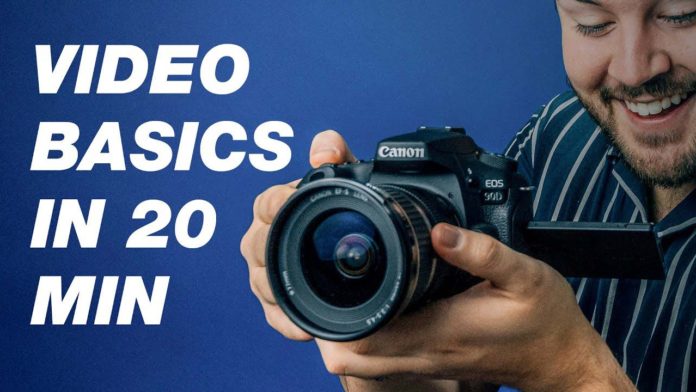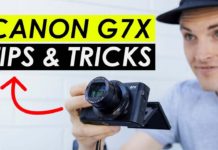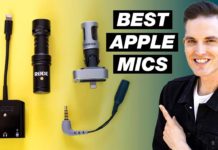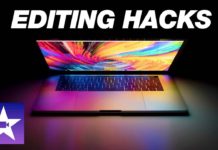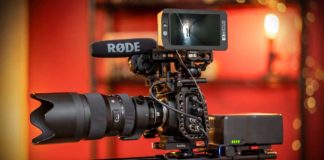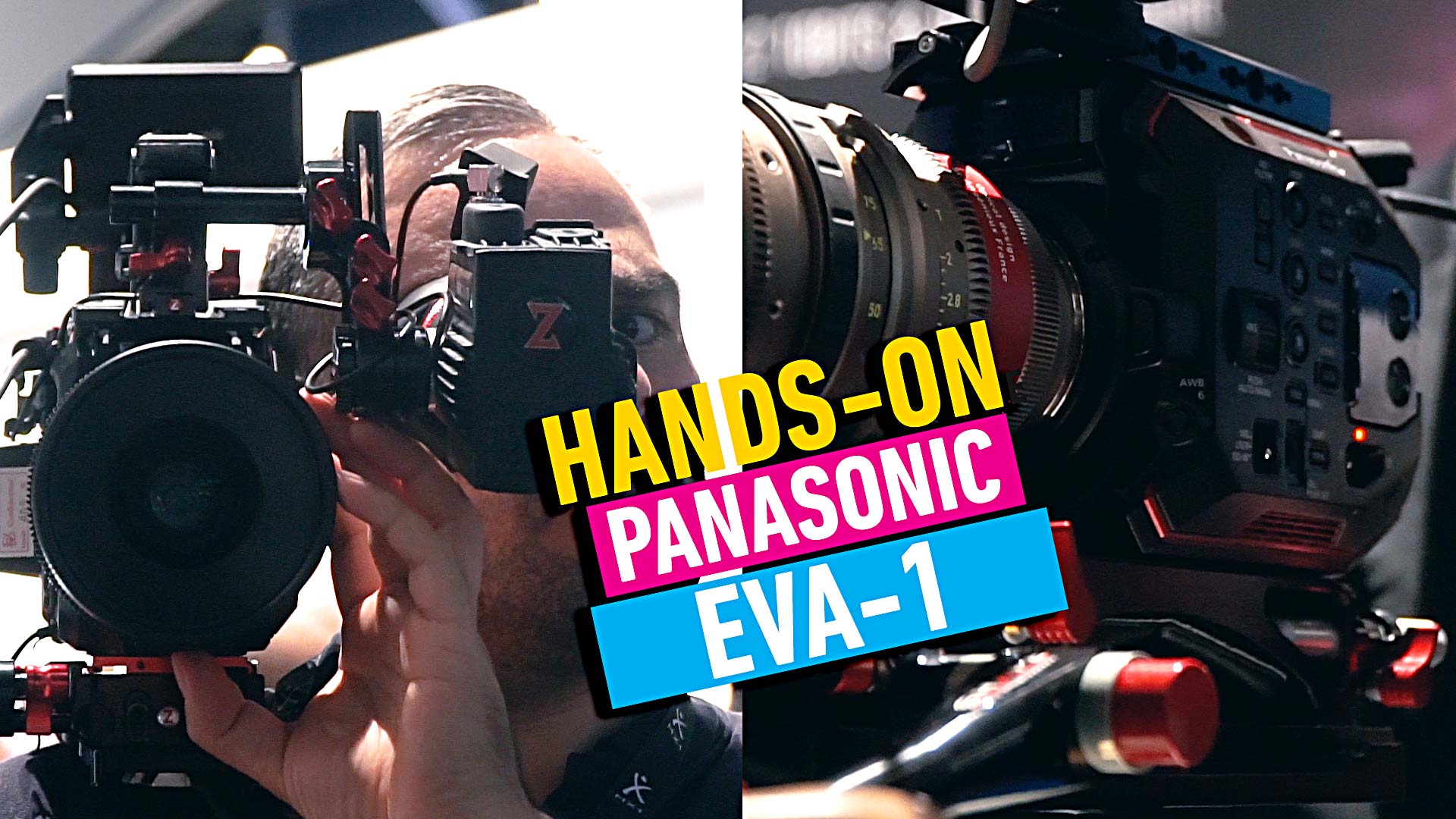To get into using a camera in annual mode at first might be a little challenging but with this quick tutorial, we are going to show you the most used features and get you shooting videos that look great. For beginners, this ‘How To Use a Video Camera For Beginners tutorial is the guide that will get you off to a great start with your camera work.
Aperture Explained: How to Get a Blurry Background
We start with aperture control. This gives you the blurring background that you often see in cinematic shots. The aperture of your camera is the space that the light passes through in your camera. This is the opening of the lens that allows the light into your camera and defines the focus of your shot. Most cameras have the setting for your aperture on the back of your unit, and this setting is mostly electronic. The aperture setting is shown by the letter F followed by a number. The higher the number the smaller the lens opening is and so allows in less light. With a lower number, more light into the lens, you will get the blurring background. The rule of thumb is that the more aperture settings your lens have the more expensive they will be. You should also be mindful of the depth of focus when changing your aperture settings. They will affect the focus of your shot as well.
What is Shutter Speed?
The shutter speed of your camera affects the motion blur of your shot. When things move fast your eye sees it in a bit of a blur. The setting that gets this effect as close to human experience is using a shutter speed that is double that of your frame rate. That means that you will have a shutter speed of 1/48 for a frame rate of 24. You must also keep in mind that a higher shutter speed will darken your image, so to get the best results you should stick to the formula of ½. For the lighting, this is important because you should keep this in mind so that you get the light settings correct for your video.
By the way, as a beginner you’d probably want to present your videos to your audience asap. Of course, the go-to platform for this is Youtube. To get you up and running with that in no time as well, here is a Youtube Lighting Tutorial For Beginners:
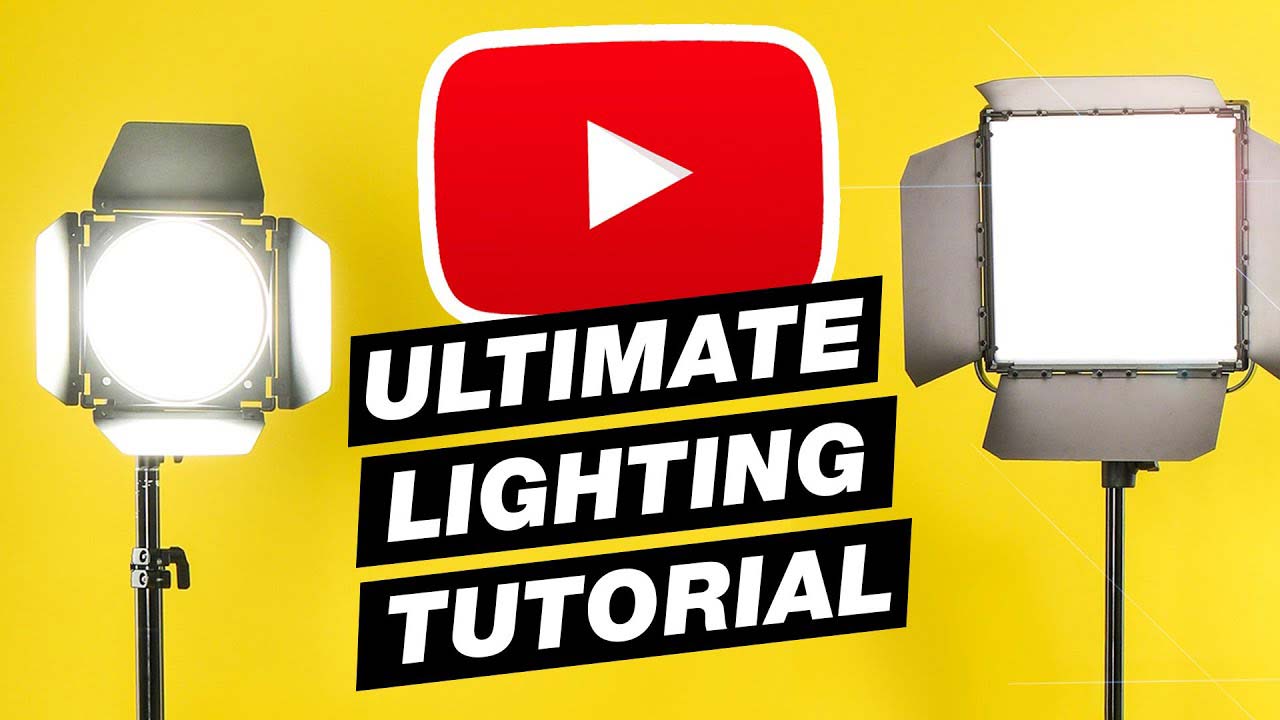
ISO Explained: How to Get a Brighter Image
ISO setting helps you get video shot perfectly in dark light environments. You use these settings to clear up the graininess or noise in your video in low light situations. To get a more clearer image in low light situations, and you have already opened up your lens to the max. You would increase the ISO number. For most cameras, the lowest number is 100, so when you change the number up, you will see the image on your screen getting a lot brighter. But be careful. The higher the ISO number the more digital noise you will have on your footage. The best setting is the default 100 ISO setting, but you will find your own groove by testing your camera settings to find the best setting for your needs.
What is an ND Filter?
An ND filter is used when you are shooting outside and want the best cinematic motion blur for your shot but your footage is coming out way too bright. It is a filter that you place on top of the lens, or in front of. It gives you the ability to darken the footage to your liking. Important things to remember is to always know the thread size of your lens and you will find the thread size on the inside of the lens as shown in the video.

